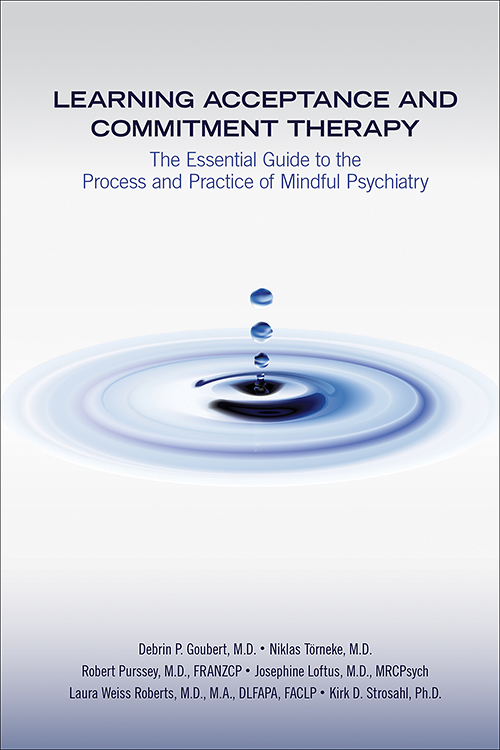Chapter 2.An Overview of ACT
Sections
Excerpt
In this chapter we examine the underlying theories that collectively contribute to the ACT approach. This is a difficult task, because the ACT model has an amazing amount of depth and breadth as it evolves. ACT draws key concepts from wide and diverse scientific traditions such as evolution science, behavior analysis (both experimental and applied), experimental psychopathology, developmental psychology, basic language research, and affective neuroscience. The foundations of ACT also include a heavy dose of clinical theory related to motivational enhancement, health behavior change, human growth and development, habit formation, and self-directed behavior change. To top it off, many of the clinical principles that arise from this collage of scientific traditions bear a striking resemblance to the spiritual principles of Eastern religious traditions. We cannot do justice to such a complex theoretical, clinical, and spiritual framework in a single book chapter, but we introduce you to the most important features of the ACT approach, starting with its roots in the basic behavioral sciences and ending with a fully elaborated clinical model of psychopathology and psychotherapeutic intervention. Should you, the reader, become interested in a particular feature of the model and want to learn more, we provide you with a list of recommended source readings at the end of the chapter.
Access content
To read the fulltext, please use one of the options below to sign in or purchase access.- Personal login
- Institutional Login
- Sign in via OpenAthens
- Register for access
-
Please login/register if you wish to pair your device and check access availability.
Not a subscriber?
PsychiatryOnline subscription options offer access to the DSM-5 library, books, journals, CME, and patient resources. This all-in-one virtual library provides psychiatrists and mental health professionals with key resources for diagnosis, treatment, research, and professional development.
Need more help? PsychiatryOnline Customer Service may be reached by emailing [email protected] or by calling 800-368-5777 (in the U.S.) or 703-907-7322 (outside the U.S.).



